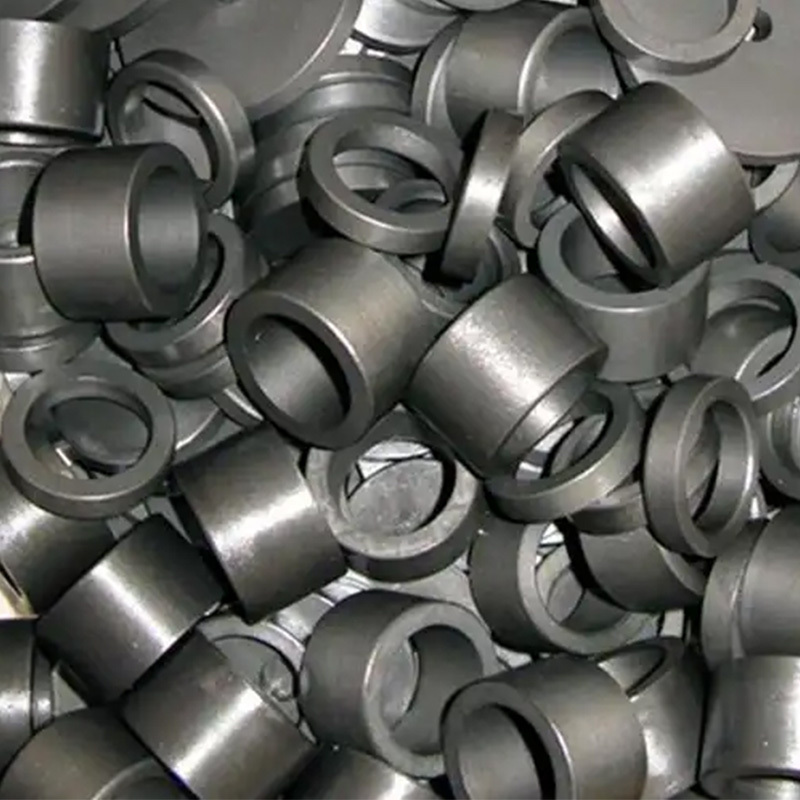Products
Contact Us
Service Hotline:86-531-8362-5098
Contact Person:86-138-6410-3626(Manager Yu)
Contact Person:86-139-6401-6387(Manager Meng)
Contact Person:86-186-7839-3927(Manager Yu Yang)
E-mail:13964016387@163.com(Manager Meng)
E-mail:longshan879@sina.com(Manager Yu)
Address: No. 12107, Longquan Road, Zaoyuan Street, Zhangqiu District, Jinan City
Detailed Description
The chemical treatment of steel parts in a solution containing zinc, calcium, iron, or metal phosphate salts to form an insoluble phosphate film on their surface is called phosphating, and the film is called a phosphate film. Phosphate films are divided into two categories: pseudo-conversion films and conversion films. Pseudo-conversion films are formed by the cations already present in the phosphating solution; these films are crystalline. Conversion films are formed by the iron ions produced by the limited corrosion of the iron substrate; the added alkali metal ions do not participate in film formation, and the film is amorphous.
After phosphating, the hardness and magnetic properties of the substrate metal remain unchanged, but for high-strength steel (strength 10N/mm), dehydrogenation treatment (at 130℃~200℃ for 1h~4h) is required after phosphating.
Phosphate films are mainly used as the base layer for paint, electrophoresis, electrostatic spraying, and powder coating to enhance the bonding strength between the iron substrate and the phosphate film and improve its corrosion resistance. The film weight is generally 0.4g/m²~3g/m², the film thickness is 0.5μm~3μm, with a microcrystalline grain-like or spherical crystalline structure being optimal.
(1) High-temperature phosphating
Carried out at 90℃~98℃ for 10min~30min. Its advantages are that the coating has good corrosion resistance, bonding strength, hardness, and heat resistance. The disadvantages are high-temperature operation, high energy consumption, large volatilization, rapid changes in composition, and the phosphate film is prone to inclusions and uneven crystal size. High-temperature phosphating is mainly used for rust prevention and wear-resistant phosphating. The main salts used are manganese, zinc, or zinc-iron series. Manganese phosphating has the best performance for rust prevention, with a micro-structure of densely packed particles. Manganese-series films also have high hardness and thermal stability and are used for lubrication, widely used in wear-resistant phosphating of piston rings, bearing supports, compressors, and other parts.
(2) Medium-temperature phosphating
Carried out at 50℃~70℃ for 10min~15min. Its advantages are that the corrosion resistance of the film is close to that of high-temperature phosphating films, the solution is stable, the phosphating speed is fast, and the production efficiency is high, making it a widely used process. To achieve fast and high-quality phosphating, surface adjustment or the addition of combined accelerators is often carried out before phosphating. Zinc, zinc-iron, and zinc-calcium systems are mostly used for medium-temperature phosphating. Medium-temperature thick-film phosphating is used for rust prevention, cold processing, and as a coating base layer.
Process flow:
Workpiece - Degreasing - Pickling - Water washing - Surface adjustment - Phosphating - Hot water washing - Unloading - Inspection and packaging
Get a free quote
Please fill in your contact information and your needs, and we will arrange a professional to contact you!





